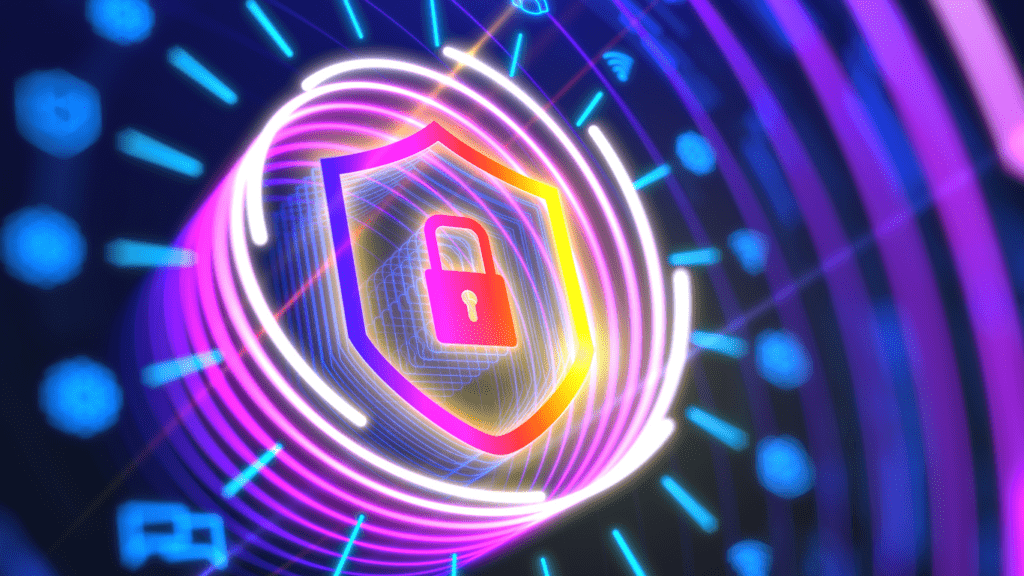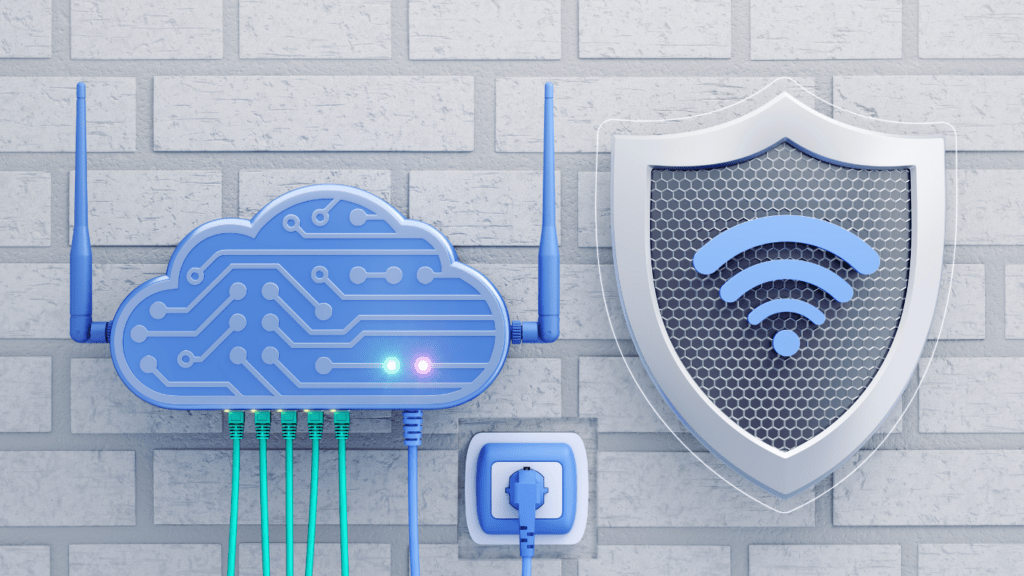As a cybersecurity enthusiast, staying ahead of the curve is crucial in the ever-evolving digital landscape. In 2024, the realm of cybersecurity faces a new wave of threats that challenge even the most robust defense mechanisms. From sophisticated ransomware attacks to AI-driven cyber intrusions, the stakes have never been higher for individuals and organizations alike.
In this fast-paced digital era, understanding the latest cybersecurity threats is not just a choice but a necessity. As I delve into the intricacies of the cybersecurity landscape in 2024, I’ll uncover the emerging trends and vulnerabilities that keep security experts on their toes. Join me on this journey to explore the cutting-edge tactics employed by cybercriminals and the innovative strategies devised to combat these evolving threats.
Overview of Cybersecurity Threats in 2024
Exploring the landscape of cybersecurity threats in 2024 reveals a myriad of evolving challenges that individuals and organizations must navigate to safeguard their digital assets. As cybercriminals continue to advance their tactics, staying informed about the latest threats is crucial in fortifying our defenses against potential breaches and attacks. Let’s delve into the key cybersecurity threats shaping the security landscape this year.
- Sophisticated Ransomware Attacks: Cybercriminals are employing increasingly sophisticated methods in ransomware attacks, encrypting vital data and demanding hefty ransoms for decryption keys. These attacks not only disrupt operations but also pose a significant financial threat to businesses of all sizes.
- AI-Driven Cyber Intrusions: The integration of artificial intelligence (AI) in cyber intrusions presents a new frontier of challenges. AI-powered attacks can learn and adapt, making them more difficult to detect and mitigate. As AI continues to evolve, so do the capabilities of cyber attackers leveraging this technology for malicious purposes.
- Emerging Trends and Vulnerabilities: Keeping pace with the emerging trends and vulnerabilities in cybersecurity is essential to proactively address potential risks. From supply chain vulnerabilities to zero-day exploits, understanding the ever-changing threat landscape is key to preemptive risk mitigation strategies.
In the dynamic realm of cybersecurity, awareness and preparedness are paramount. By staying informed about the latest threats and trends, individuals and organizations can enhance their cybersecurity posture and effectively combat the evolving tactics of cyber adversaries.
Ransomware Attacks on the Rise
Ransomware attacks continue to surge, posing a significant threat to individuals and organizations alike. Cybercriminals are employing increasingly sophisticated tactics to execute these malicious campaigns.
Evolution of Ransomware Tactics
In recent years, ransomware tactics have evolved to be more targeted and destructive. Attackers are now customizing their approaches to bypass traditional security measures, making it challenging for users to detect and mitigate these threats effectively. The use of advanced encryption techniques and social engineering methods has made ransomware attacks more potent and difficult to combat.
IoT Vulnerabilities and Security Risks
Discussing IoT vulnerabilities is crucial in understanding cybersecurity threats. With the expanding network of interconnected devices, the attack surface for cybercriminals widens. Weaknesses in IoT devices can be exploited to launch devastating cyber attacks. In 2024, the proliferation of IoT devices has brought about new security risks that individuals and organizations must address proactively.
IoT Vulnerabilities Overview
Analyzing the landscape of IoT vulnerabilities reveals a myriad of potential risks. Insecure IoT devices, often lacking stringent security measures, serve as entry points for cyber intruders. These vulnerabilities range from default passwords and unencrypted communications to outdated software and firmware. The absence of robust security protocols leaves IoT devices susceptible to exploitation by malicious actors aiming to compromise networks and steal sensitive data.
Security Implications for Individuals and Organizations
For individuals, IoT vulnerabilities pose a direct threat to personal privacy and data security. Unauthorized access to IoT devices can lead to the exposure of sensitive information, surveillance, and even physical safety risks. Moreover, compromised IoT devices can be harnessed to launch large-scale attacks, impacting not only individual users but also entire organizations.
Mitigation Strategies for IoT Security Risks
Mitigating IoT security risks requires a multi-faceted approach that encompasses both proactive measures and reactive responses. Implementing strong authentication mechanisms, regularly updating device firmware, and encrypting data transmission are critical steps to bolster IoT security. Furthermore, leveraging network segmentation and intrusion detection systems can help detect and prevent unauthorized access to IoT devices.
Data Breaches and their Impacts
Data breaches continue to pose significant threats to individuals and organizations in 2024. These breaches not only compromise sensitive information but also have far-reaching impacts on both personal and business levels.
- The theft of personal data, such as financial information or social security numbers, can result in identity theft and financial losses.
- Organizations that suffer data breaches face reputational damage, financial repercussions, and legal implications due to data privacy regulations.
- Data breaches can lead to a loss of customer trust and loyalty, affecting long-term relationships and hindering business growth.
- The costs associated with recovering from a data breach can be substantial, including expenses for forensic investigations, legal fees, and cybersecurity improvements.
It’s crucial for individuals and organizations to prioritize data security measures to prevent data breaches and mitigate their potential impacts. Regular security audits, robust encryption protocols, employee training on cybersecurity best practices, and implementing multi-factor authentication are essential steps to safeguard sensitive data and mitigate the risks associated with data breaches.


 Christopher Crick is a valued helper at The Code Crafters Hub, where he plays a crucial role in building and enhancing the platform. With a keen eye for detail and a deep understanding of software development, Crick has been instrumental in refining the site's features and ensuring that it delivers top-notch content to its users. His contributions range from technical support to content development, helping to shape the hub into a premier resource for software professionals and enthusiasts.
As a dedicated team member, Crick's efforts are focused on maintaining the high standards that The Code Crafters Hub is known for. His expertise in various aspects of technology ensures that the platform remains up-to-date with the latest advancements and trends. Located in Warren, MI, Crick's commitment to excellence supports the hub's mission to provide valuable insights into web development, game development, IoT, and cybersecurity.
Christopher Crick is a valued helper at The Code Crafters Hub, where he plays a crucial role in building and enhancing the platform. With a keen eye for detail and a deep understanding of software development, Crick has been instrumental in refining the site's features and ensuring that it delivers top-notch content to its users. His contributions range from technical support to content development, helping to shape the hub into a premier resource for software professionals and enthusiasts.
As a dedicated team member, Crick's efforts are focused on maintaining the high standards that The Code Crafters Hub is known for. His expertise in various aspects of technology ensures that the platform remains up-to-date with the latest advancements and trends. Located in Warren, MI, Crick's commitment to excellence supports the hub's mission to provide valuable insights into web development, game development, IoT, and cybersecurity.
